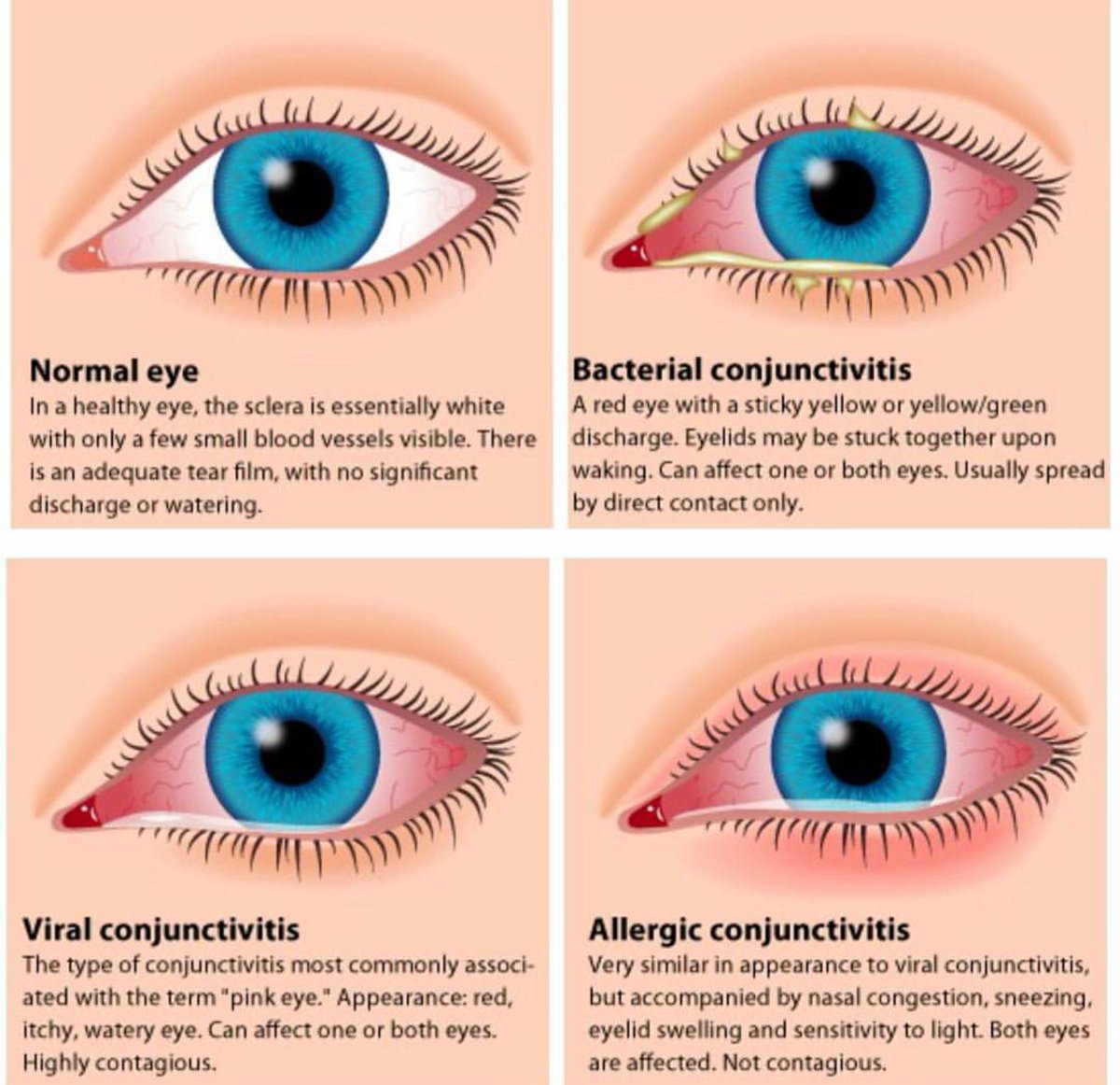My last day at Cary Pediatrics was a great close to my work experience. Dr. Villareal’s first three patients were all teenage well checks, so he let me shadow one of the phone nurses, Jenni, instead. I learned that it’s one of the crucial jobs that most people don’t even realize exists (I certainly didn’t before my time at the office). When I thought of “nurse,” I had always pictured someone in scrubs taking measurements of and giving shots to patients, but I discovered that phone nurses are the foundation of support for patients calling in about practically anything. Jenni worked with incredible accuracy, detail, and speed to replay messages left by parents, take notes on their content, peruse the patients’ medical records, call back parents and/or pharmacies, and take further action if needed (whether that was writing a note to the doctor, suggesting a home remedy, or scheduling an appointment). One of the most important parts of her job is telephone triage, which essentially means making a decision on when to see the patient based on calls describing their symptoms. It’s tricky because the nurse can’t physically see the patient but must decide how severe their case is; the procedure is to go down a list of yes-or-no questions decreasing in severity of present symptoms. At the first “yes,” the nurse directs the patient to follow that category of urgency, ranging from home care up to calling emergency services (see attached picture). Jenni told me that she had been doing it for so long that she had basically memorized the questions to ask for common symptoms such as a sore throat, and an online program helped in cases of rarer symptoms. It was eye-opening to see a usually hidden or disregarded side of pediatrics at such a close level.
Additionally, there is at least one interesting story every day; today was no exception. This appointment was actually a Spanish-speaking one, so Dr. Villareal had to explain everything to me afterwards. Long story short, the family had gone to an alternative medicine doctor in Winston-Salem who claimed she could cure autism and was requesting urine and stool samples for their six-year-old boy. This case showed me yet another aspect that doctors have to deal with: false advice or differing views that could turn a patient’s opinion against them. Practicing medicine is so much more than just learning the textbook inside and out; I’ve seen time and again now how flexibility and good communication skills are just as vital to the job.
Ultimately, I’ve really enjoyed my time here at Cary Pediatrics, and I’ve learned so much more than I had anticipated. I’m thankful for the wonderful opportunity I had to shadow Dr. Villareal and the other staff, and I would highly recommend anyone who likes pediatrics, medicine, or kids to try it out as their work experience!

 info flyer for reach out and read
info flyer for reach out and read




 the top right is an example of typical pink eye. The bottom left would be that of a viral infection and the bottom right is one with allergies.
the top right is an example of typical pink eye. The bottom left would be that of a viral infection and the bottom right is one with allergies.






